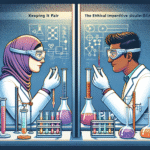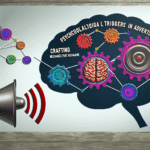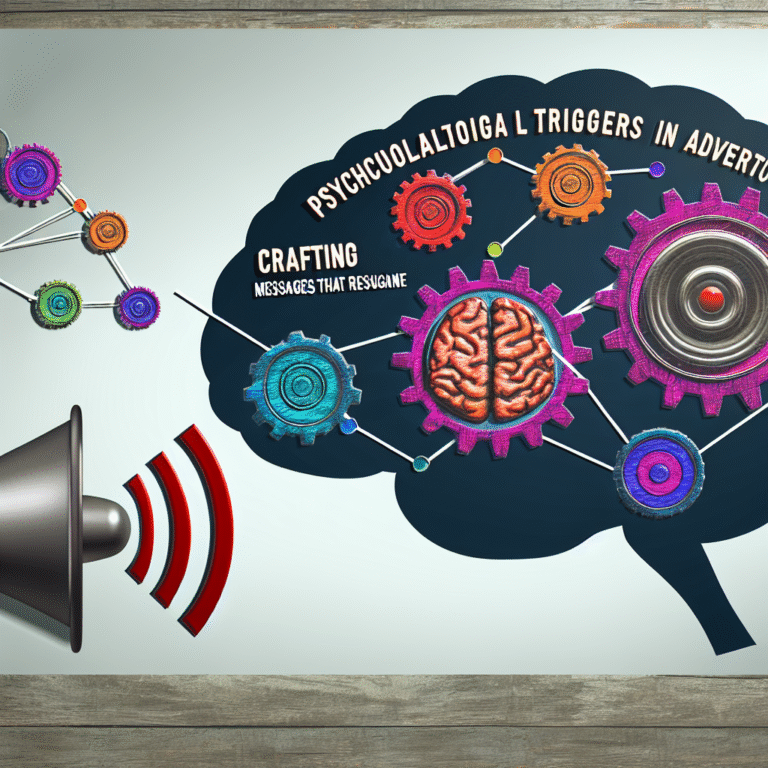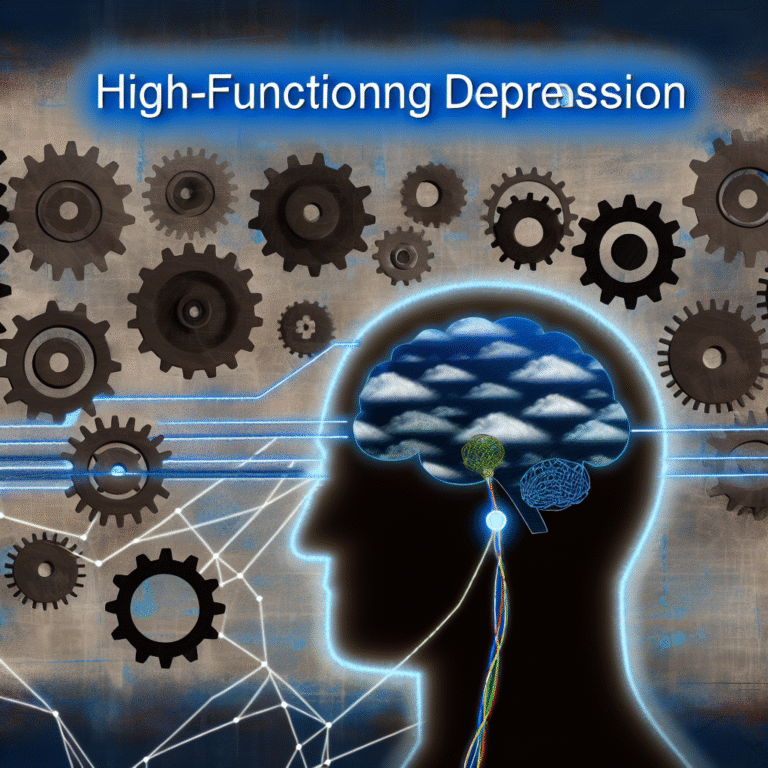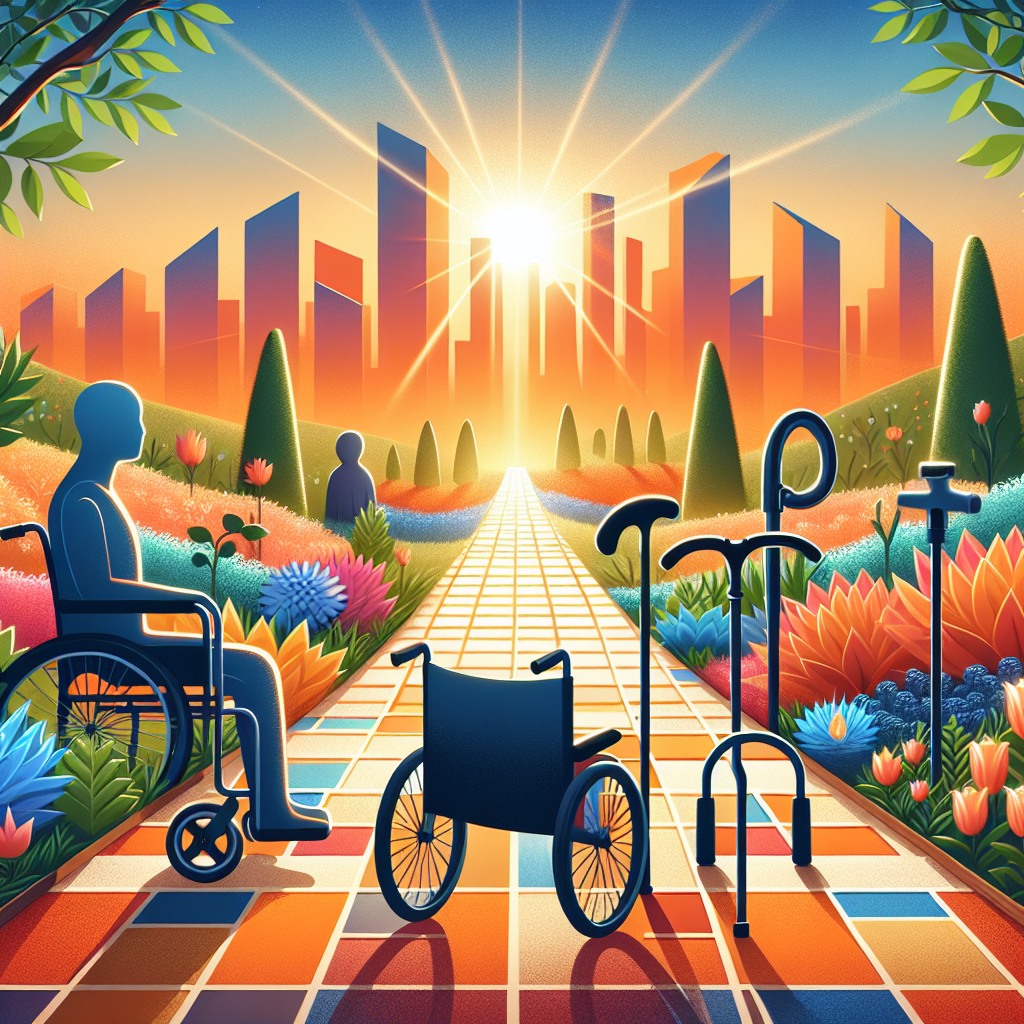
Introduction
In a world that often prioritizes ability over disability, the journey to independence can be fraught with challenges for individuals with physical disabilities. Yet, it’s also a path filled with resilience, creativity, and personal triumph. The experiences of those with physical disabilities reveal that independence is not merely the absence of assistance but a canvas of unique lifestyles forged by determination, innovation, and community. This article explores the journey to independence: how physical disabilities shape unique lifestyles, providing insights that can inspire both individuals with disabilities and society at large.
Understanding Physical Disabilities
Defining Physical Disabilities
Physical disabilities encompass a wide range of conditions that limit an individual’s mobility, range of motion, stamina, or physical coordination. These can include congenital disabilities, injuries, degenerative conditions, and other health issues that affect one’s ability to perform daily activities.
The Spectrum of Ability
It’s essential to understand that disabilities exist on a spectrum. While some individuals may rely on wheelchairs or other assistive devices, others may require less visible modifications. This diversity makes every journey to independence unique, emphasizing the need for personalized approaches to empowerment.
The Essence of Independence
What Does Independence Mean?
Independence can mean different things to different people. For some, it might involve living alone, while for others, it may mean participating actively in the community or pursuing education and career goals.
The Role of Assistive Technology
Technological advancements have transformed the landscape for individuals with physical disabilities. Tools such as adaptive switches, voice-activated devices, and smart home technology have significantly enhanced daily living activities. In the context of journey to independence: how physical disabilities shape unique lifestyles, technology serves as a vital support system, enabling individuals to live more freely without constant assistance.
Case Studies: Real-World Applications of Independence
Case Study 1: Emily’s Modifications
Background: Emily, a young woman with cerebral palsy, faced daily challenges in her small apartment.
Journey: After extensive research and planning, Emily invested in home modifications, including widened doorways for wheelchair access and a smart home system that allowed her to control lights and devices via voice commands.
Impact: This empowerment not only increased her daily independence but also motivated her to become an advocate for individuals facing similar challenges.
Relevance to Topic: Emily’s story exemplifies the impact of environment and technology on independence. Her journey highlights how critical modifications in one’s living space can significantly influence the trajectory of living a unique lifestyle.
Case Study 2: Jonathan’s Entrepreneurial Spirit
Background: Jonathan, a software engineer with a spinal cord injury, found traditional employment environments challenging.
Journey: Undeterred, Jonathan launched his own tech startup, focusing on accessibility software for other individuals with disabilities.
Impact: His business not only provided him with financial independence but also helped hundreds of others navigate technology more effectively.
Relevance to Topic: Jonathan’s entrepreneurial journey illustrates that the quest for independence can lead to the creation of opportunities not only for oneself but also within the larger community. His example shows how physical disability can inspire innovation and a distinctive lifestyle.
The Role of Community Support
Building Social Networks
Community support is imperative in the journey to independence: how physical disabilities shape unique lifestyles. Building a network of friends, family, and fellow individuals with disabilities fosters an environment of encouragement.
Navigating Challenges Together
Support groups and organizations focused on disability rights can provide vital resources, emotional support, and advocacy. The sense of belonging can be a strong motivator for individuals on their unique journeys toward independence.
Societal Perceptions and Changing Attitudes
Challenging Stereotypes
The societal narrative often positions disability as a limitation. However, this perspective overlooks the resilience and capability of individuals with physical disabilities.
Promoting Awareness
Educational initiatives can illuminate the diverse capabilities of individuals with disabilities, promoting a more inclusive society that values all lifestyles. Advocates like Emily and Jonathan are at the forefront of this movement, actively changing perceptions through their successes and stories.
Embracing Unique Lifestyles
Finding Passion
The journey to independence can lead individuals to discover new passions and pursuits. Adapting hobbies or careers to accommodate physical limitations can unlock new pathways that bring fulfillment and joy.
Celebrating Diversity
Every unique lifestyle shaped by physical disability contributes to the rich tapestry of human experience. Celebrating the diversity of these journeys promotes inclusivity and encourages others to embrace their unique paths.
Conclusion: The Power of Resilience
The journey to independence is multifaceted, particularly for individuals with physical disabilities. This journey showcases the remarkable resilience and adaptability of the human spirit. By sharing stories of empowerment and innovation, we inspire others to navigate their unique lifestyles with courage and determination.
As we reflect on how physical disabilities shape unique lifestyles, let’s remember that independence is a dynamic and personal journey. It’s about defining your own path, embracing your strengths, and overcoming challenges in ways that resonate personally.
Actionable Insights
- Seek Community: Join local or online support groups to connect with others who share similar experiences.
- Advocate for Change: Get involved in advocacy work to promote accessibility within your community, whether through volunteering or raising awareness.
- Leverage Technology: Explore assistive technologies that can enhance your daily living experiences and independence.
FAQs about the Journey to Independence
1. What are some common challenges faced by individuals with physical disabilities on their journey to independence?
Common challenges include navigating inaccessible environments, overcoming societal stereotypes, and managing physical barriers in daily life.
2. How can technology aid in achieving independence?
Technology can provide tools and resources such as mobility aids, smart home devices, and communication tools that enhance independence and daily living.
3. Are there any resources available for individuals with physical disabilities?
Yes, numerous local and national organizations provide support, resources, and advocacy for individuals with disabilities. These can include disability rights organizations, healthcare facilities, and community groups.
4. What role does community support play in an individual’s journey to independence?
Community support can provide emotional backing, social connections, and access to resources that enable individuals to thrive and overcome challenges.
5. How can society change its perception of individuals with physical disabilities?
Promoting awareness through education and advocacy can challenge stereotypes and cultivate a culture that values diversity and inclusivity.
In this journey towards understanding how physical disabilities shape unique lifestyles, we recognize that independence is defined not by limitations but by the tenacity and creativity of those who navigate these paths. As we celebrate these stories, let us work towards a more inclusive world where everyone’s journey is valued.


